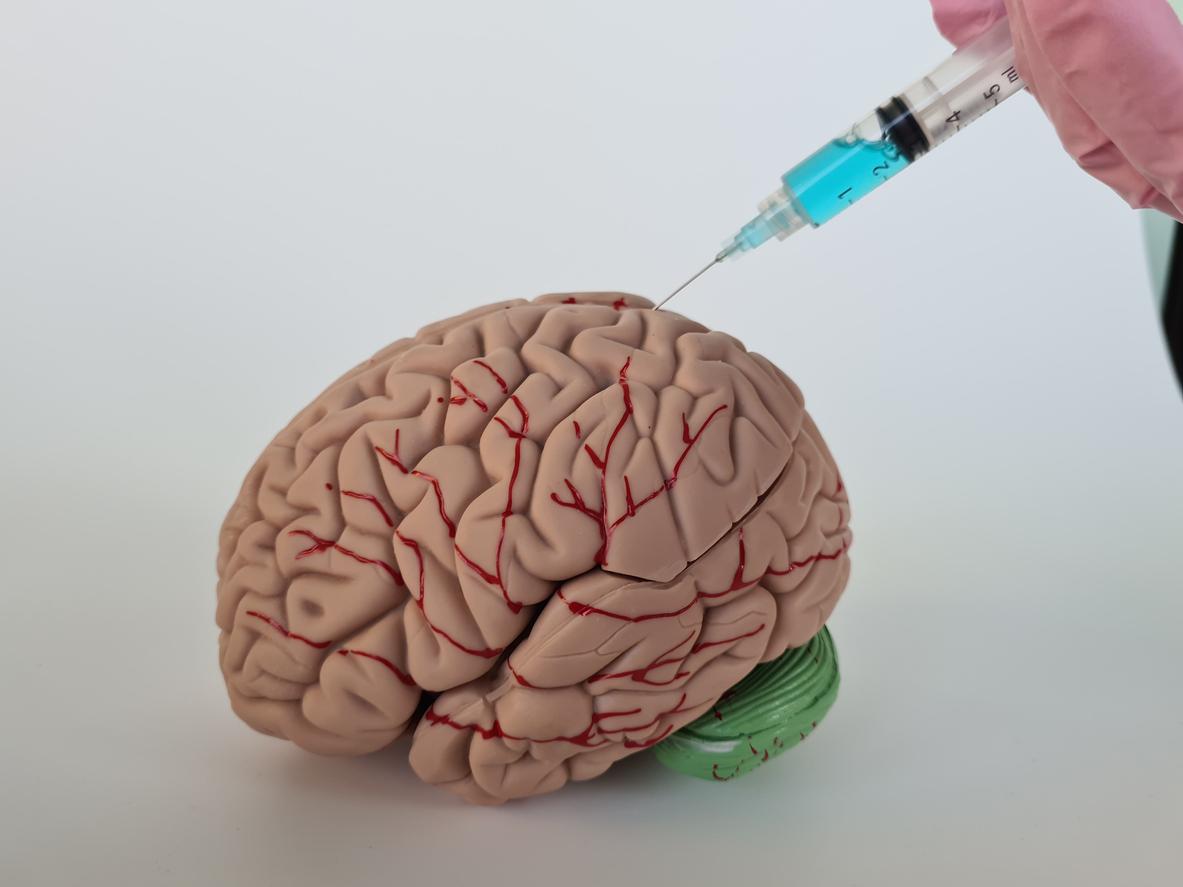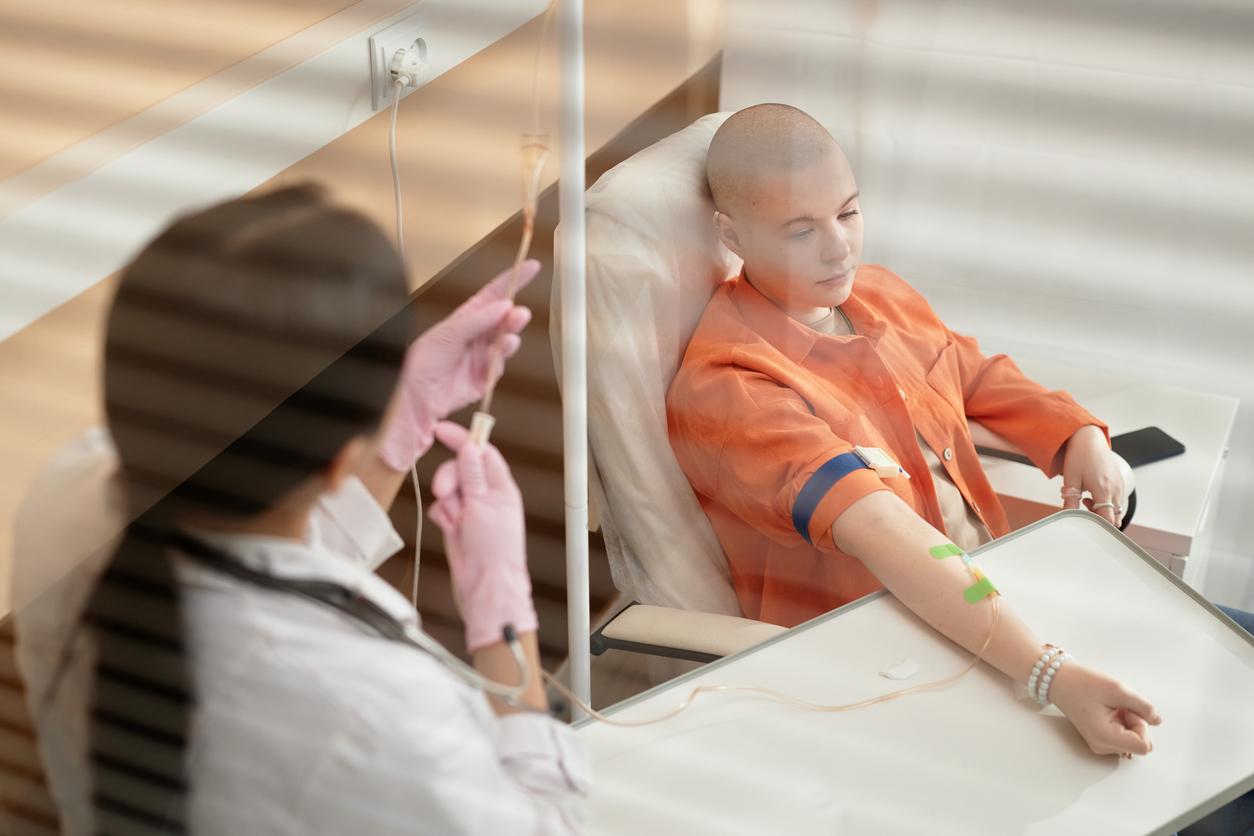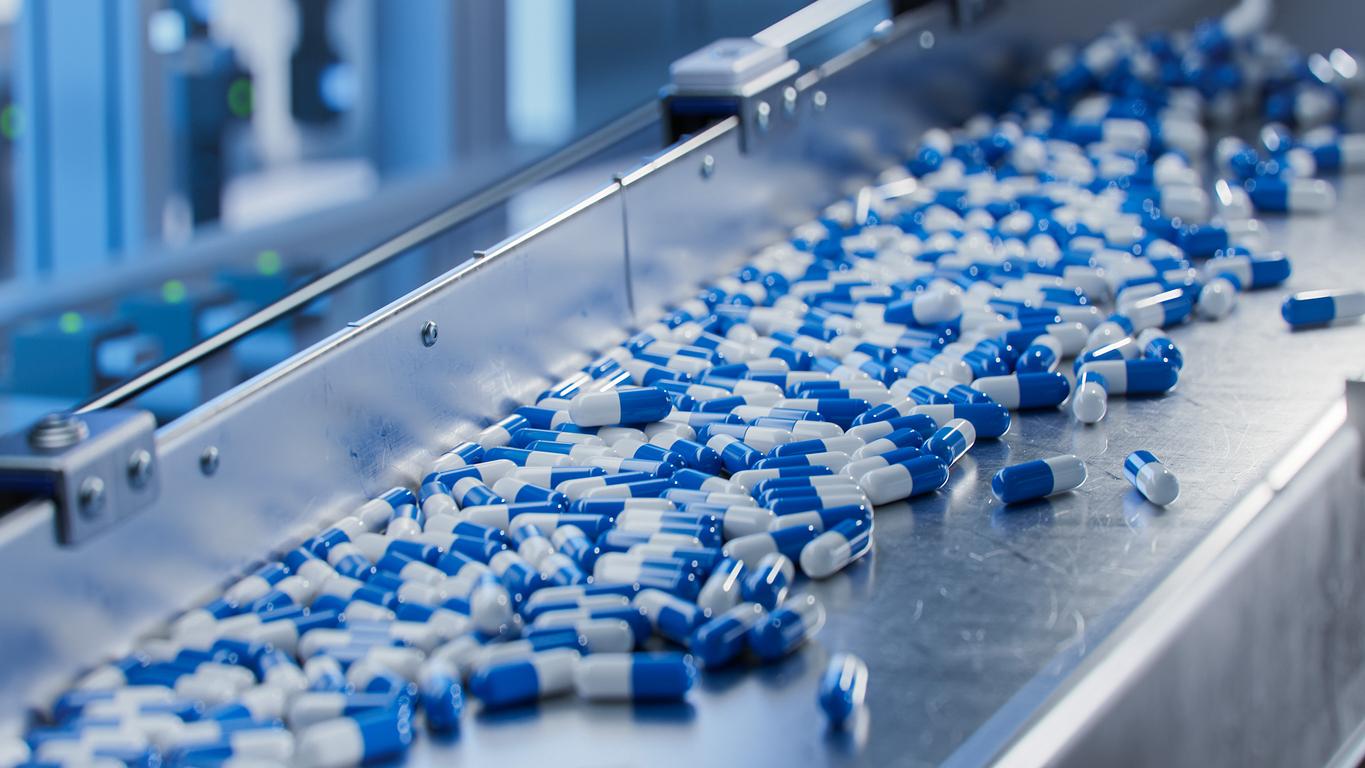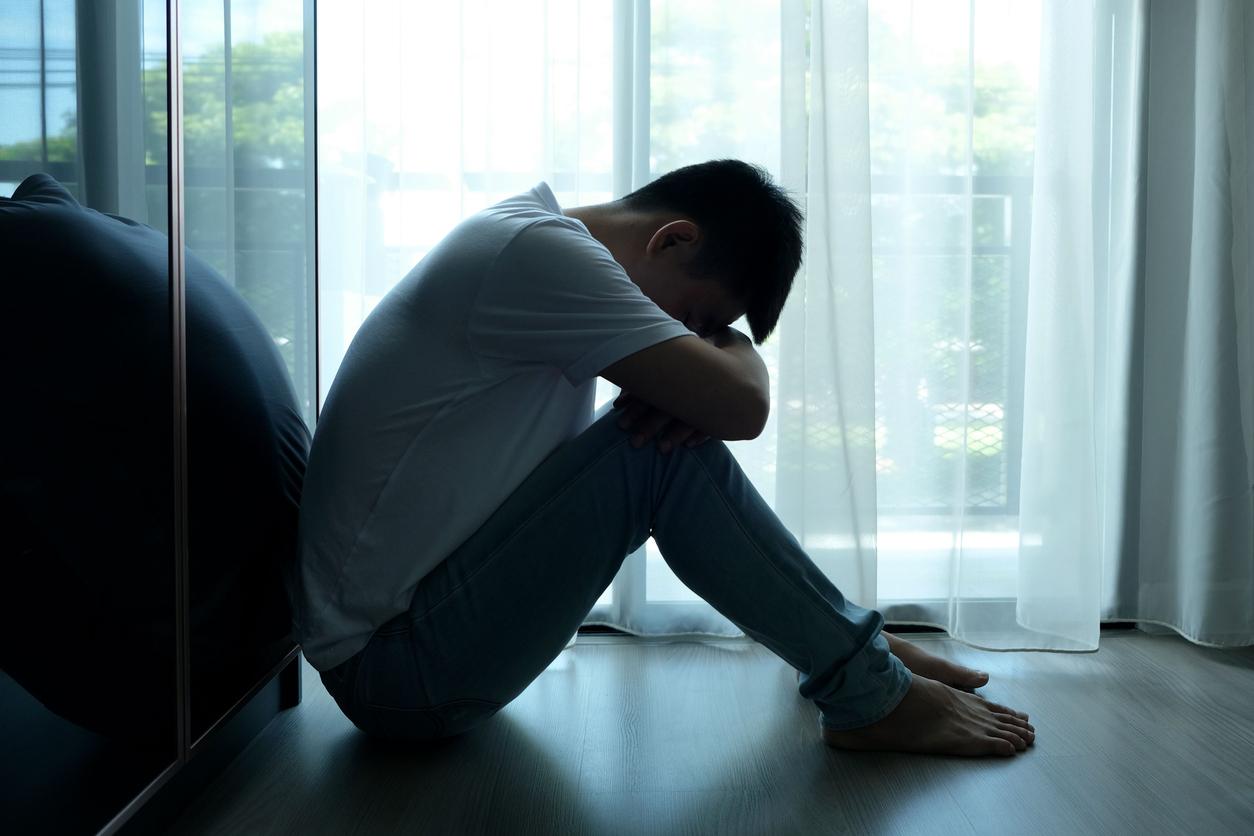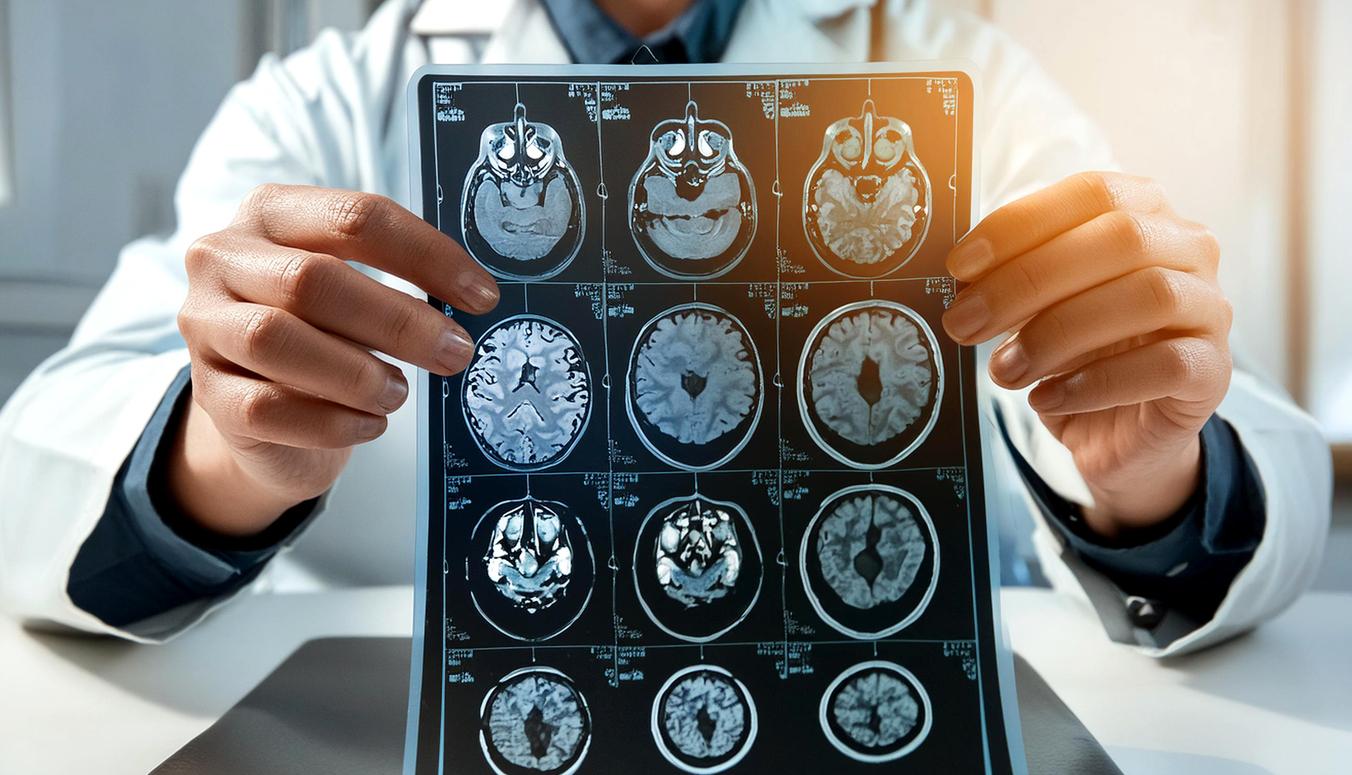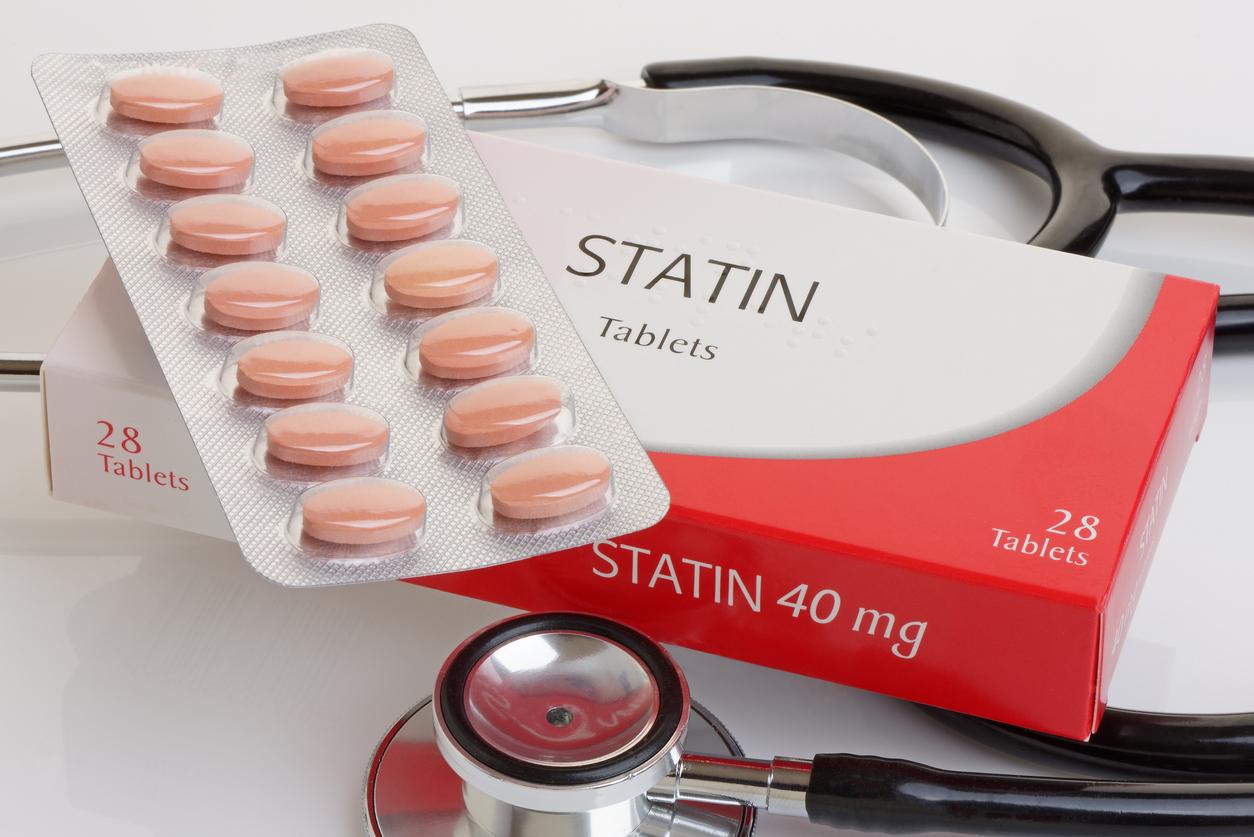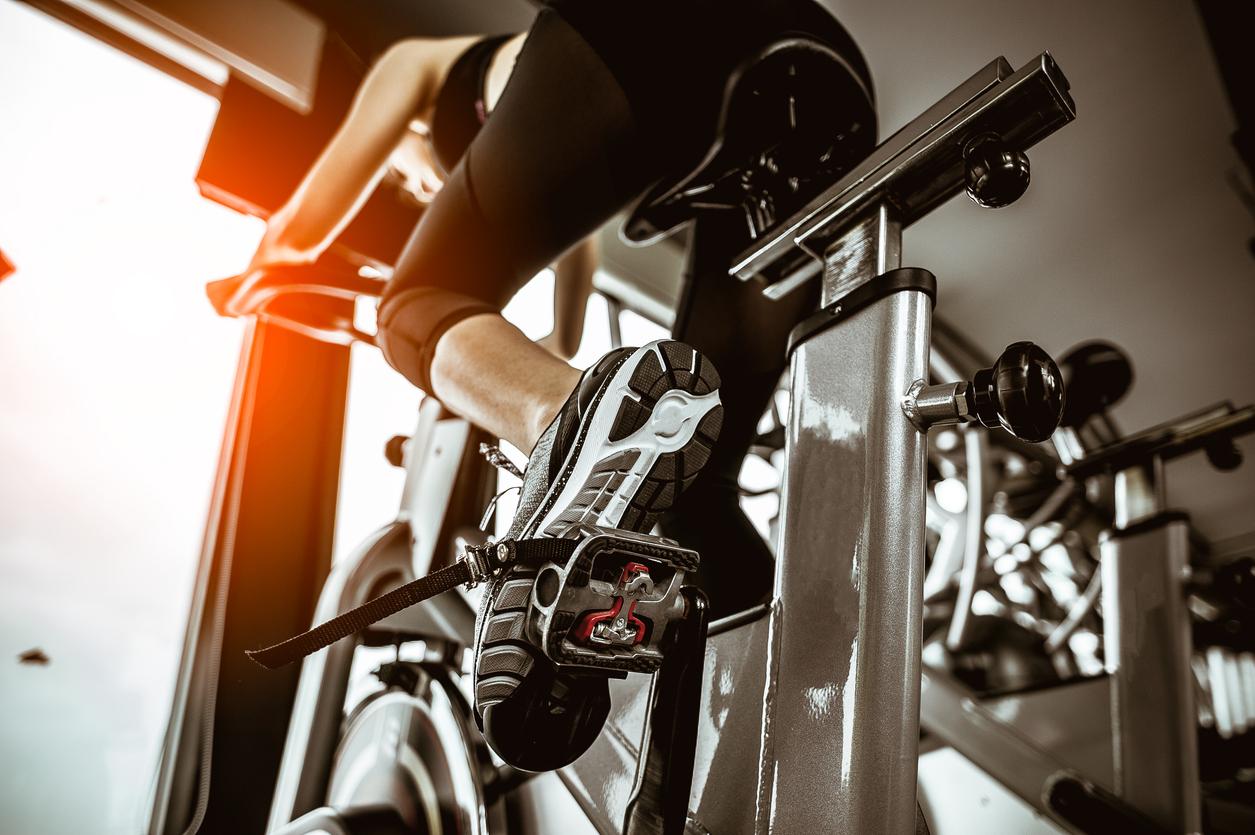Dr. Emmanuel Ricard, delegate to the prevention and promotion of screening service of the National League against Cancer, explains how physical activity can help a person with cancer during their treatment and after the disease.

Why doctor: We know the importance of practicing physical activity for health, and in particular to reduce the risk of cancer and other pathologies, but how can it help a person who already suffers from cancer?
Dr Emmanuel Ricard: There are benefits at different levels. First, practicing a physical activity helps to fight against fatigue. This is beneficial for the patient because if you have less fatigability, you support your treatment better, whether it is chemotherapy, radiotherapy or during surgery. Another positive point: physical activity improves the capacity for autonomy and therefore the patient’s ability to manage care during and after treatment. And then in post-treatment, physical activity has a beneficial effect on morale, especially when you share an activity with other people because it reduces the feeling of isolation.
Beyond these first benefits, you should know that physical activity also acts on the body’s ability to produce cytokines, which are elements of the immune system that help the body get rid of cancer cells. It also acts on the hormonal mechanisms with a regulation of the production of cortisol and insulin, which will have an impact both on the management of the treatment and on that of the body to eliminate cancer and recurrences.
Finally, it helps to fight against risk factors because moving helps to mobilize fat and sugar, which are elements generally used by cancer cells to develop.
All this is well documented on three cancers in particular: breast cancer, colorectal cancer and endometrial cancer. It is thought to be effective on other cancers as well, but we are waiting to complete this with other studies.
Physical inactivity is a risk factor for cancer
Should a person suffering from cancer who had not done any sporting activity before favor a particular type of activity?
We must begin by distinguishing between two things: physical inactivity and a sedentary lifestyle. When you find yourself with cancer, you tell yourself that the days are long, difficult, tiring… and therefore that it is better to rest. But it is quite the opposite that must be done because a sedentary lifestyle (that is to say the fact of remaining seated or lying down for a long time, i.e. more than 6 hours a day) is a risk factor in itself, as much before, during, and after cancer. We also have studies that are clearly established on this subject, and in particular on the treatment of colon and endometrial cancer. It is therefore our lifestyles that must be reviewed, because we spend more and more time sitting at the office, sitting in public transport, sitting in front of screens, we do less and less outdoor leisure, etc To break this dynamic of muscular relaxation that there is with the seated or lying posture, we advise in particular to try to remain upright as much as possible in daily activities and to move at least every hour. And this is important because moderate physical activity, the recommended one, does not completely compensate for the harmful effects of a sedentary lifestyle.
We must therefore remember that any physical activity is good, because in general, when we talk about physical activity, people think of sport. But moving house, gardening or shopping are things that contribute to physical activity because they lead to muscle mobilization which allows energy expenditure. This has two interests: avoiding overweight, obesity; and build and maintain muscle mass. Then we can try to play on certain qualities such as endurance (interesting at the cardiac level), strength, resistance and balance capacity. The latter is sometimes forgotten but is very important because we lose it as we age, which leads to a restriction on autonomy.
Physical activity must “be part of the basket of care offered to the patient during and after”
Concretely, what is recommended?
It is recommended to walk at least 30 minutes a day, 5 times a week. If possible a brisk walk, but you have to do it at your own pace, thinking that the more is always the better. We can also try to spread it over the day if it is difficult to find a moment in the schedule. Sports activity must then be added to this. With cancer, this activity must be done on medical prescription because the doctor must check that there is no contraindication. Depending on the approval given, you have to orient yourself towards this or that type of sport. It can be karate with gentle rhythms without contact, fencing which allows the mobilization of the arms and legs, rugby 5 where there is no contact so that there is no danger, canoeing, rowing, swimming, hiking, etc. Then, if the person starts again from a basic level, you have to be vigilant with the idea that you had certain performances before and that you can restore them quickly, because you risk muscle tears, heart problems, etc. Finally, there are particular things to take into account, such as areas of vulnerability or fragility due to medical intervention. For example, in the case of breast cancer, one arm may be more fragile than the other. It is therefore necessary to pay attention to it and to set up progressive exercises.
Several hospitals also offer “sports therapy” to people with cancer…
We are trying to develop that, yes, because adapted physical activity integrates recognized supportive care and must therefore absolutely be part of the basket of care offered to the patient during and after cancer. It is therefore really important that the doctor suggests it to you! And if it’s not done, you can contact the National Cancer League to set it up.
And after cancer, how can sport help the person to recover?
Once the person is better, do not stop physical activities because they prolong life expectancy in good health and reduce the risk of recurrence. Going out with friends, going dancing, visiting museums, traveling, etc., are all opportunities to move actively!







